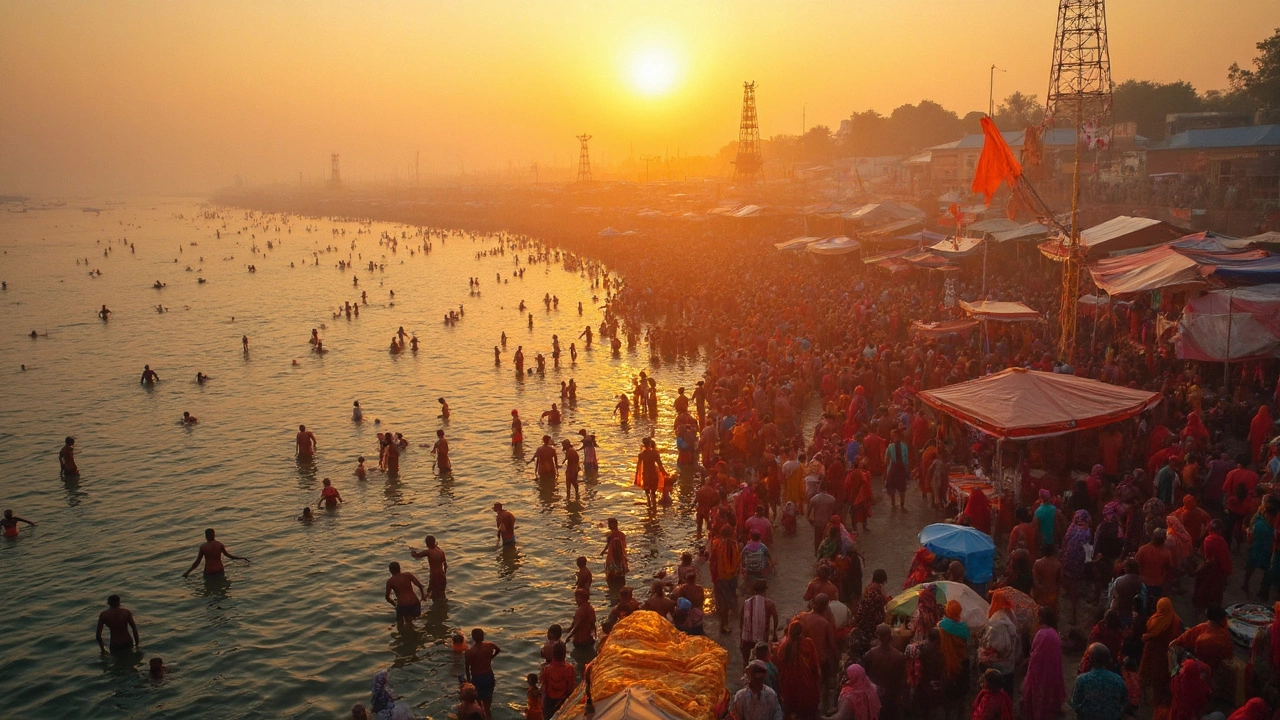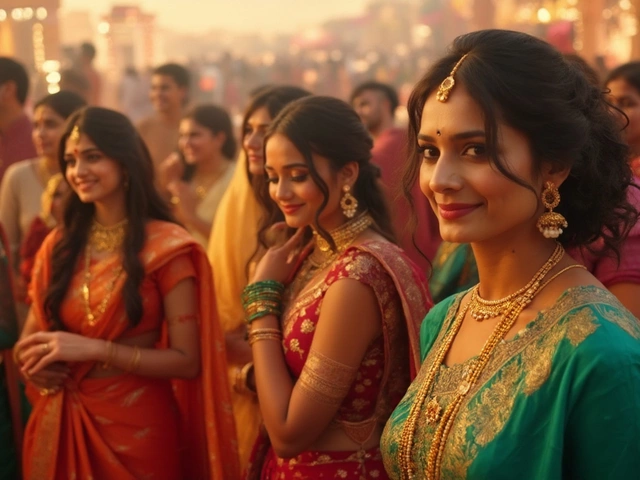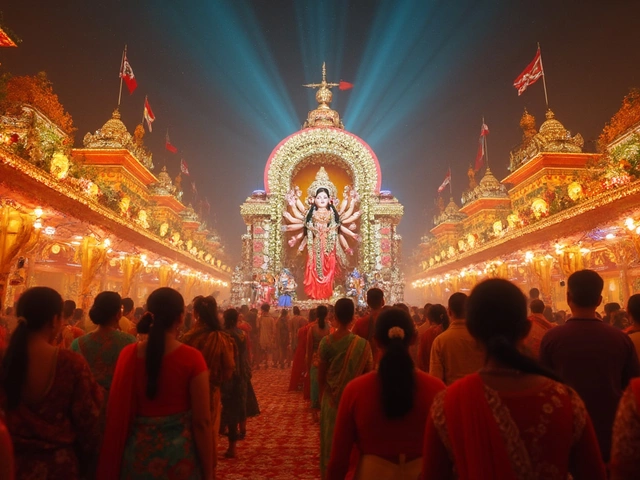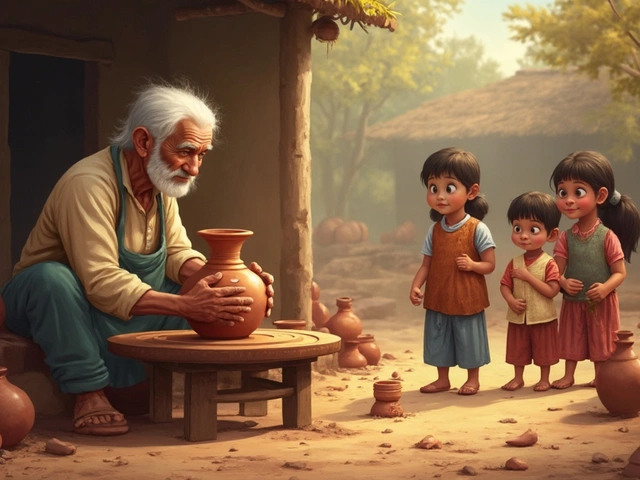Kumbh Mela: The World's Largest Religious Gathering
When over 100 million people show up in one place over a few weeks, you’re not just seeing a festival—you’re witnessing something deeper. The Kumbh Mela, a mass Hindu pilgrimage tied to celestial cycles and sacred rivers. Also known as the Festival of the Pitcher, it’s not just about ritual bathing—it’s a living tradition that has drawn crowds for over a thousand years. This isn’t a one-time event. It rotates between four holy cities—Prayagraj (formerly Allahabad), Haridwar, Ujjain, and Nashik—each tied to a river where, according to legend, drops of the nectar of immortality fell from a celestial pitcher.
What makes the Kumbh Mela so powerful isn’t just the scale, but the timing. It follows the movement of Jupiter and the sun, with the full Mela happening every 12 years at each location. The Maha Kumbh, the largest version, held once every 144 years in Prayagraj, brings even more people than the regular cycle. Then there’s the Ardh Kumbh, the half-Mela, held every six years, which still draws tens of millions. Pilgrims come from every corner of India and beyond—sadhus with ash-covered bodies, families carrying ancestral photos, and first-time visitors seeking peace or answers. It’s not just about religion; it’s about identity, community, and continuity.
The Kumbh Mela isn’t a static spectacle. It’s a dynamic ecosystem. Temporary cities rise overnight with hospitals, police stations, food stalls, and even post offices. Sadhus from different akharas (monastic orders) arrive with their own rules, rituals, and processions. The most sacred bath—Shahi Snan—is choreographed like a military operation, with timing based on astrological charts. And while outsiders might see chaos, locals see order: a system older than most modern nations, still running without a single app or database.
What you’ll find below are stories that bring the Kumbh Mela to life—not just the crowds, but the people behind them. From the spiritual significance of river bathing to how this ancient event shapes modern Indian identity, these posts explore the rituals, the science behind the timing, and why millions still walk thousands of miles to touch holy water. Whether you’re curious about the history, the logistics, or the quiet moments between the chaos, you’ll find real insights here—not just facts, but the soul of the event.





